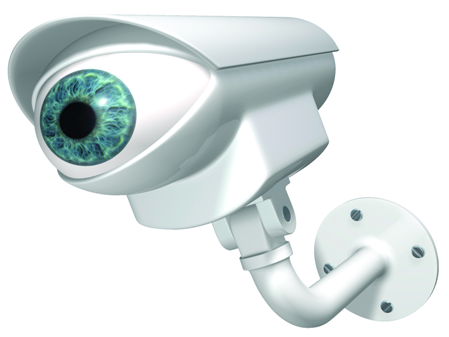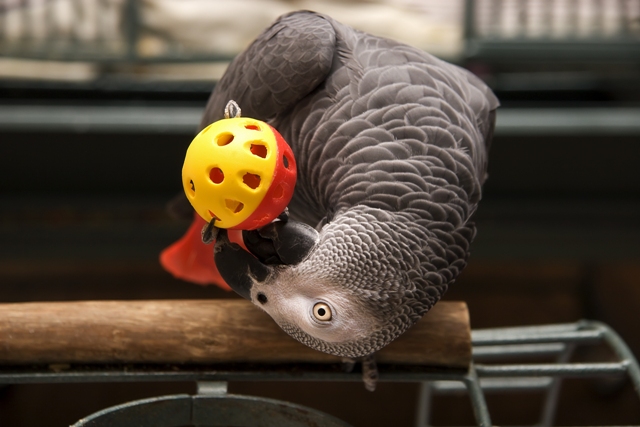Your cart is currently empty!

HARI Official Brand Site

Video filming enables you to highlight concerning health issues thus allowing you to be proactive and consult an avian veterinarian before the condition deteriorates.
Capturing your bird’s personality on film can be extremely valuable for numerous reasons that might not be so obvious, yet can provide indispensable assistance. Important information about your companion parrots’ personality, health and lifestyle can be recorded in “Your Parrots Pet Status File” and “My Parrot’s Mind and Body Chart”. Both of these can be easily answered with the help of video footage or camera monitoring device. What might seem to many as insignificant details such as when and how long your companion bird sleeps truly undisrupted, or on what perch it sleeps…. is this the one causing the bumble foot (pododermatitis) on his left foot? Is it jerking every time the heating furnace starts up? Are your vindictive neighbor’s right about the intensity of your parrot’s screams? Some of these preoccupations, and much more could be highlighted with the viewing of such footage.

Many of us raise our cherished avian companions as we would a child. Digital video equipment is now more affordable than ever before and the enjoyment of viewing these memories in the future is priceless.
Video can be used as a tool to understand what prompted an undesirable behavior to develop. Archiving footage of your birds behavior, posture, stance, reactions etc. can be extremely useful to shed some light on what possibly triggered an undesirable or misunderstood behavior.
Note: I would recommend that you collect footage of your bird when they are aware they are being filmed as well when the camera is hidden. Despite the trust they might have in their caretakers, they might hide their symptoms nonetheless when they are not feeling well. Captive bred birds have conserved their natural instinct as prey animals to hide their debilitated state when they are not feeling well. In the wild they must do this to prevent the flock from noticing they are weak and could attract a predator!
Video filming enables you to highlight concerning health issues thus allowing you to be proactive and consult an avian veterinarian before the condition deteriorates.
It can be a vital aid as an additional diagnostic tool for both the veterinarian and behavior modification specialist. For a professional and experienced avian specialist, simply viewing the environment of the bird in your home could reveal potential health hazards. A perfect example is the presence of a stained glass lamp that your bird could have potentially chewed on thus the source of the lead poisoning intoxication suspected. Should your day cage be positioned near your kitchen, are you aware of the toxicity such as Teflon cooking ware can emit! The veterinarian technician can perhaps take a few minutes while waiting for your appointment to view the footage and highlight some common concerns.

It can be a great tool to assist while weaning and converting your bird to healthier diet such as a formulated extruded granule.
Placing a hidden camera, or discretely filming to monitor their psychological health can reveal concerning eating habits, boredom, screaming etc. It can also unveil preoccupying reactions to your bird’s environment such as fearful reactions to noises, other companion animals in your home or the neighbors barking dog, another cage mate’s aggressive nature, a feral cat sitting outside the window in view of your companion’s cage all day while you are away at work! Perhaps the cause of the numerous stress bars appearing on your bird’s feathers?

The viewing of this footage can also give additional insight as to the nature of a feather damaging behavior. Is the bird actually plucking, chewing, pulling frantically, or over preening the feathers? Is there another feathered companion damaging its’ feathers? Are the foraging toys and occupational therapy materials you have provided intriguing the bird to explore them?
Are your neighbors threatening you that your bird’s screaming shrieks are unbearable whilst you are away at work all day? Perhaps, capturing its behavior on film would help you acknowledge the complaint as a valid claim, or prove to be unfounded. If it proves to be justified, consider relocating your bird’s daytime living quarters or providing additional occupational therapy options that could alleviate the situation for both your bird and desperate neighbours
Video footage can facilitate the adoption process and increase the chances that your bird be relocated within a new family successfully and for a longer period. The adoptive flock members would have a better understanding and honest portrait of both the desirable and undesirable behavior of the bird prior to committing to its care. Understanding the bird’s history, as basic as the daily routine, reactions and interactions to family members, what occupational activity stimulated the bird’s independence etc. A compilation of video footage can accompany the bird throughout its life.
Can help identify breeding behavior and responsible or neglectful or inexperienced parenting behavior (article featured in Parrot Life vol.2).
Josee Bermingham AHT

We’re here to help you with everything bird-related! Discover more about parrot conservation, browse conferences and events in your area, connect with local bird clubs, locate a vet or parrot rescue nearby, and read up on fascinating avian news and articles.